Vintage lenses are those that are no longer in production. The term is most often used for old film lenses but it can also be applied to autofocus DSLR lenses that are out of production. If you’re looking for bargain yet quality optics, sorting through the best Nikon vintage lenses is a great place to start!
Vintage lenses were very high quality in their day and many are still in high demand. A good vintage lens free of dust, scratches, and fungus can be a rare thing and worth even more than it was when first released.
Sometimes it takes an adapter to use a vintage lens on a modern camera. But Nikon is one of the few companies that’s strived to keep their mount as consistent as possible over the years.
Read here the best Nikon lenses for macro, landscape, sports & portrait photography
Choosing a Vintage Lens
Vintage lenses are funny because they have advantages that can be disadvantages. Or vice versa, depending on how you look at them. Many are sharp, even by modern standards while others are quite soft. Yet if you’re looking for low contrast, soft-focus look, a good vintage lens provides a filmic quality that’s unbeatable.
When choosing a vintage lens, consider the following qualities to help you decide!
I highly Recommend KEH for buying & selling used photography gear.
Maximum Aperture
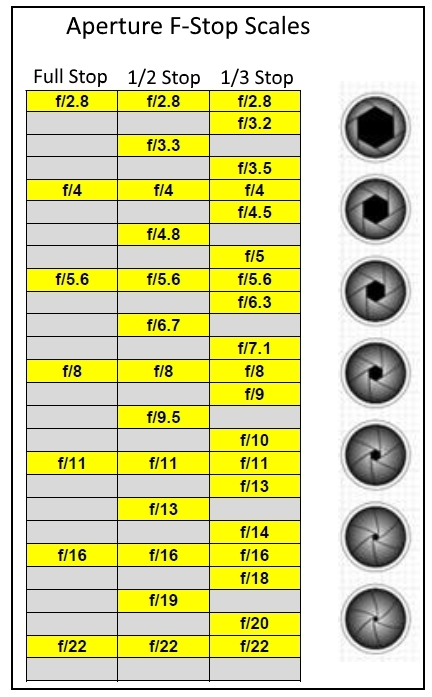
one of the best things about vintage lenses is being able to get a very fast aperture for an affordable price. There are a ton of f/2 to f/1.4 lenses that were made for both film SLR and older DSLR cameras. These lenses were hundreds to even thousands of dollars when they were first released.
But now you can pick them up for a fraction of what they once sold for. That said, make sure that you need a fast aperture. The film lenses with no autofocus mechanism tend to weigh less than lenses with AF motors built in. But there’s no getting around physics; an f/1.4 lens is still going to be bulky.
Read more about Aperture in Photography.
Auto vs Manual Focus
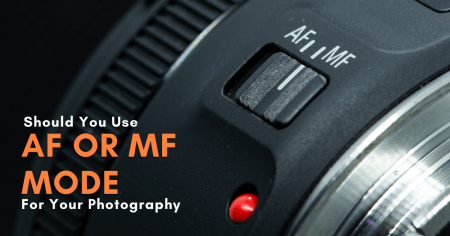
Credit to Bwillcreative
Vintage lenses can be either auto or manual focusing. Nikon uses a confusing blizzard of abbreviations to describe their lenses. Considering they’ve been making cameras since 1948, we can forgive them for it. And fortunately, Nikon takes the time to explain what each of them means right here!. You can also read more about Camera lenses Abbreviations from here.
The major takeaway is remembering that certain Nikon camera bodies have autofocus motors built into them. This allows you to use many vintage lenses with autofocus (AF NIKKOR lenses). AF-S and AF-P lenses have motors built into them so they are compatible with all of their modern DSLR (and mirrorless Z mount with the Nikon Mount Adapter FTZ)
Dig more about Manual Vs Auto Focus.
Vignetting

Credit to PHlearn.
There are few effects that create a vintage flavor for an image better than a strong vignette. Vignetting is good or bad, depending on your needs and aesthetic. Its technical name is light falloff; the closer one gets to the edges, the darker the image gets as light isn’t as well focused.
Fast vintage lenses tend to vignette wide open and even modern lenses vignette to some degree. Typically as you stop down the aperture, the vignetting goes away, but not always. Wide-angle lenses, especially vintage models, are also prone to this effect.
Since vignetting can be easily corrected with processing software it’s rarely an issue. I recommend keeping it for a classic portrait feel!
The Five Best Nikon Vintage Lenses
1) Nikon 28mm f/1.4D AF Nikkor
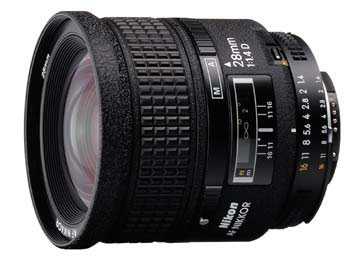
As befitting one of the best wide-angle vintage prime lenses, the 28mm f/1.4 is still quite pricey. However, it’s a focal length that even today rarely gets built faster than f/2. Being f/1.4 it’s heavy but you get that shallow depth of field wide-angle perspective that creates stunning portraits. The modern version of this lens is significantly more expensive by comparison!
- Rarity: Rare
- Weight: 520 grams
- Minimum f/stop: 16
- Closest focusing distance: 0.35m
- Image Angle with 35mm (135) format: 74°
- Image Angle with Nikon DX Format: 53°
- Price: Check On Amazon
You Can also see here the best online sites to buy used camera lenses!
2) Nikon 50mm f/1.4 f1.4 AI
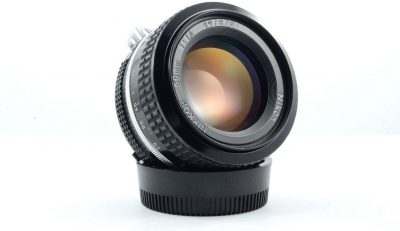
Originally manufactured way back in 1962, this is a classic Nikon vintage lens that still has use today! 50mm lenses are the most common prime lenses to use because they have what’s called a normal field of view.
Coupled with the f1.4 aperture you get a nice shallow depth of field for classic portraits as needed. While it’s fairly soft at f/1.4 it has decent central sharpness and that faded contrast that creates a perfect vintage feel with no processing required!
- Rarity: Very Common
- Weight: 306 grams
- Price: Check On Amazon
3) Nikon AF FX DC-NIKKOR 105mm f/2D
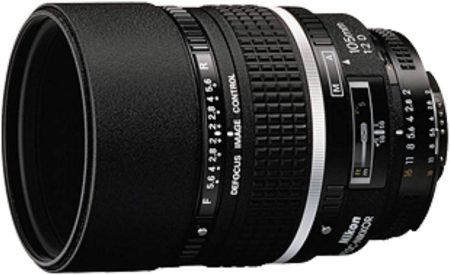
This telephoto prime is so in demand that it continues to command a high price. Not only is this a marvelous portrait lens but it also has a Defocus Image control setting. This allows you to manipulate the quality of your bokeh to suit your taste!
Remember, as an AF lens, it can be paired with DSLRs with an autofocus motor built into the body, such as the D850 or d7200. Used with a Nikon D3400, you’ll only have manual focusing.
- Rarity: Common
- Weight: 620 grams
- Closest focusing distance: 0.9m/ 3 ft.
- Minimum f/stop: 16
- Picture Angle with 35mm (135) format: 23°
- Picture Angle with Nikon DX Format: 15°
- Price: Check On Amazon
4) Helios 44-2 M42 Russian Lens
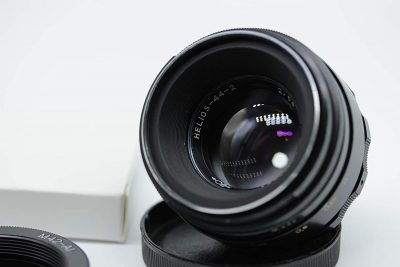
The Helios 44-2 is extremely popular today. It’s a normal focal length lens that’s fairly unremarkable in most aspects except for its famed swirly bokeh! Bokeh is a word that describes the out-of-focus areas in a photograph.
Using the Helios 44-2 for portraits wide open in a forest or other environment where you’re going to have a busy background can create images that are unlike anything else on the market! And as popular as it is, it’s easy to find for a good price and often comes with a mount modified to fit directly to Nikon F or Z!
A fan of Swirly Bokeh Lenses? Read this post about my favorite ones.
- Rarity: Very Common
- Weight: 230 grams
- Price: Check On Amazon
5) Nikon 35mm f/1.4 Nikkor AI-S
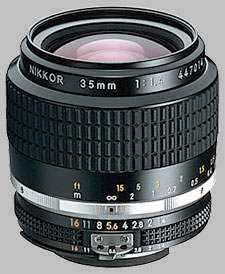
35mm f/1.4 lenses are a joy to own if you can afford one. Most of the modern varieties are both expensive and extremely heavy. Small wonder this manual version is one of the best Nikon vintage lenses available. The wide normal view and shallow depth of field are great for portraiture as well as everyday photography. And at 381 grams it’s ½ to even ⅓ rd the size of modern 35mm f/1.4 lenses since it has no autofocus motors!
- Rarity: Uncommon
- Weight: 381 grams
- Price: Check On Amazon
Conclusion
Vintage camera lenses have become very popular nowadays because of the outcome of their special images. However, most people tend to lean towards modern lenses for their quality, but I can’t deny that those vintage lenses can bring many a new & special photography experience. As photography is a subjective art, soft focus and swirly bokeh might attract a lot of photographers.
Related Articles:
-Best Place To Buy Used Camera Lenses
-Soft Focus Photography Technique
Thanks for reading, I hope you enjoyed the article if you have any questions just post them below & I will be happy to answer you.
If you enjoy the site, don’t forget to subscribe, we will only inform you when a new article is posted.

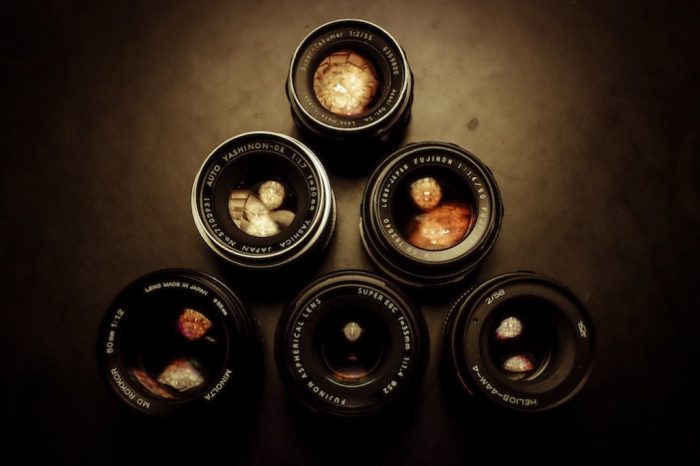





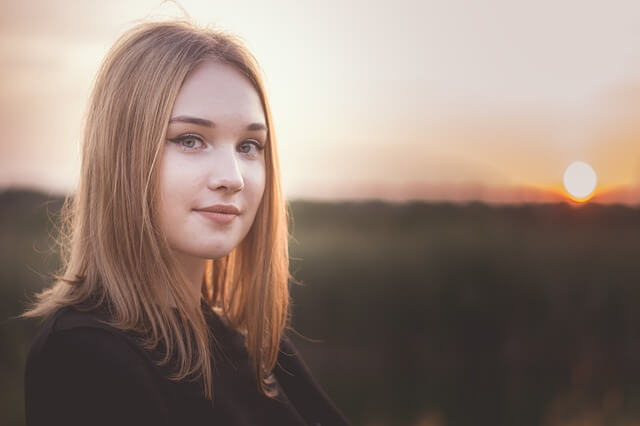

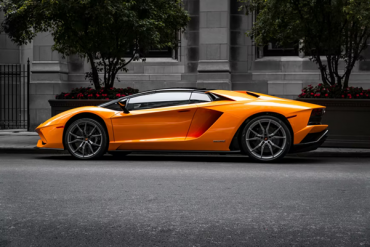
I’ve recently started experimenting with antique lenses on my Canon camera, even though my main camera is a Nikon. The information you’re providing is quite helpful. Antique lenses can indeed produce stunning photos, and I have great respect for Nikon’s lenses, both past and present!
Thank you for this informative article! As a photo editing expert at mubytech.com and a photography enthusiast, I know that finding the “Best Lenses” can be a challenge. This list of “Best Nikon Vintage Lenses” is incredibly helpful, providing a helpful starting point for anyone looking to invest in their lenses. I appreciate the effort you put into researching and compiling this information. It’s a valuable resource for everyone.
Thanks, Jessica!
Very helpful Information and Keep Sharing More.
35mm f/1.4 lenses are a joy to own if you can afford one. Most of the modern varieties are both expensive and extremely heavy. Small wonder this manual version is one of the best Nikon vintage lenses available. The wide normal view and shallow depth of field are great for portraiture as well as everyday photography.
Important lines. Thank you for posting good descriptions.
Thanks for passing by Alisa!
Good help for the camera. I have read and appreciated this well-published. Thank you and keep continue sharing such good blog.
I’ve just recently begun experimenting with antique lenses, but for Canon. Because my primary camera is a Nikon, the information you’re giving is very beneficial. In any case, antique lenses provide some stunning pictures. I believe Nikon made and still makes great lenses!
Glad that you liked the post Jan!
I have a Nikon camera that I bought nearly forty years ago, and it still works with actual film that has to be developed. I have not really used it much over the past few years, mainly because it has become so easy to take digital photos. It is great to find that vintage lenses are still available, and that they could fit on more modern cameras as well.
How old would you say does a camera or lens need to be to be classified as vintage?
Hi Line, mainly the lenses used for old film lenses. Also, lenses that are no longer on the market can be classified as vintage. Thanks for dropping by.
Is there anything better than film quality photography? That’s the quality we all need to aspire to. I’m nostalgic about this kind of apartheid. As much as the photograph is now available and visible as soon as we make it, the special charm was there when we eagerly awaited its creation. I wish you many successes in your work!
I agree with you Jas. That’s why from time to time I use some vintage lenses in portrait photography. They are very special & unique. Thanks for your input.